Picture this: you’re enjoying a peaceful evening on your porch, watching the sunset, when suddenly hundreds of colorful insects descend upon your property like confetti from hell. They’re everywhere—on your trees, your deck furniture, even crawling up your windows. Welcome to the nightmare that’s becoming all too real for millions of residents across the Northeast United States.
The Beautiful Invader That’s Terrorizing America

Don’t let its stunning appearance fool you. With polka-dotted forewings, and bold red underwings, the spotted lanternfly is an alluring insect. Looks can be deceiving. First detected in Berks County, Pennsylvania, in 2014, the spotted lanternfly has now spread to 15 states, leaving destruction in its wake. This isn’t just another bug story—it’s an ecological disaster unfolding in real time. The spotted lanternfly looks like nature’s artwork, but it behaves like nature’s nightmare. These insects are roughly an inch long with wings that would make a butterfly jealous, yet they’re causing more economic damage than some natural disasters.
From China to Your Backyard: The Accidental Journey
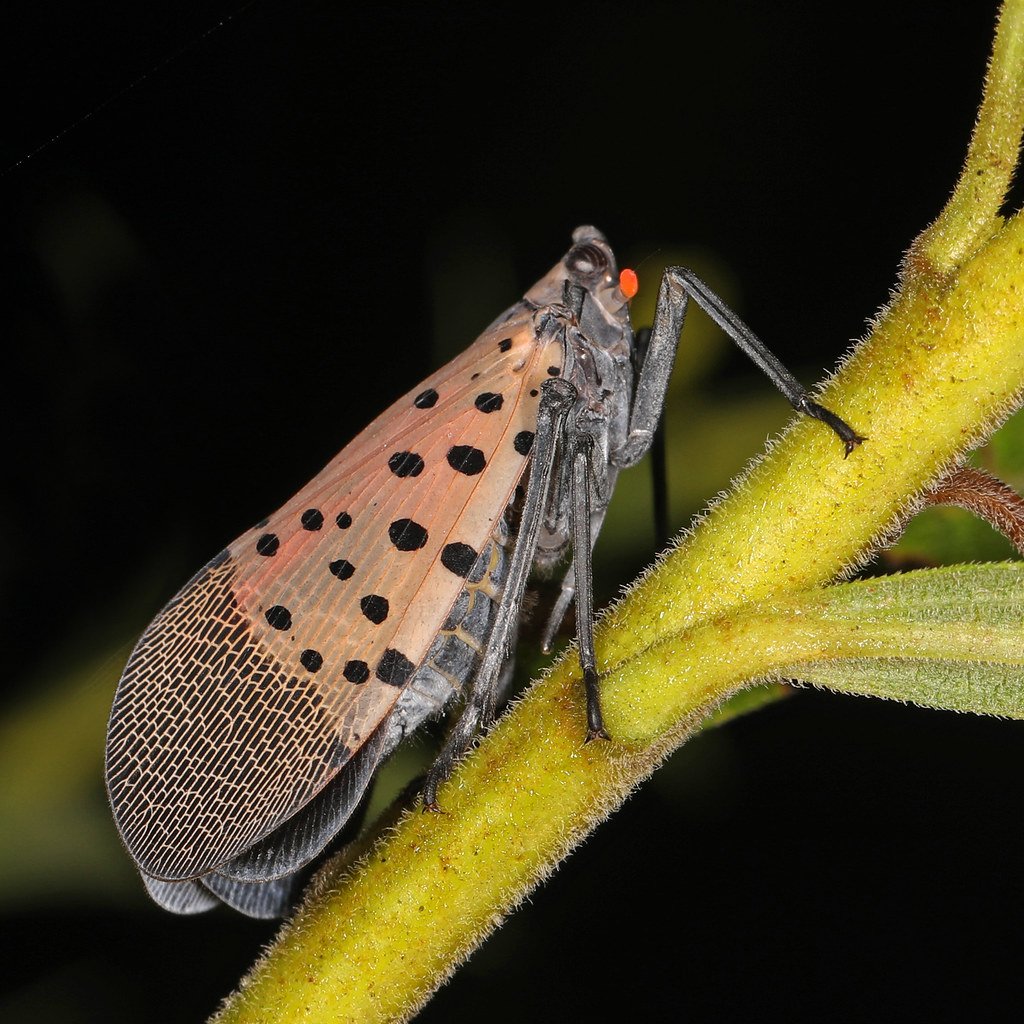
Native to southern China, Vietnam, and Taiwan, the spotted lanternfly began to spread in the early 2000s, first to South Korea and Japan, and then to the United States. Spotted lanternfly (SLF), Lycorma delicatula, an invasive planthopper native to China, is thought to have arrived as egg masses on a stone shipment in 2012. Think about that for a moment—a single shipment of stones from China accidentally unleashed what experts now consider one of the most destructive invasive species in recent American history. That first infestation was found in Berks County, Pennsylvania, in 2014 in a wooded area of Ailanthus altissima, or Tree of Heaven. It’s like a real-life version of that horror movie where something small and innocent-looking turns into a monster.
The Spreading Catastrophe: 18 States and Counting
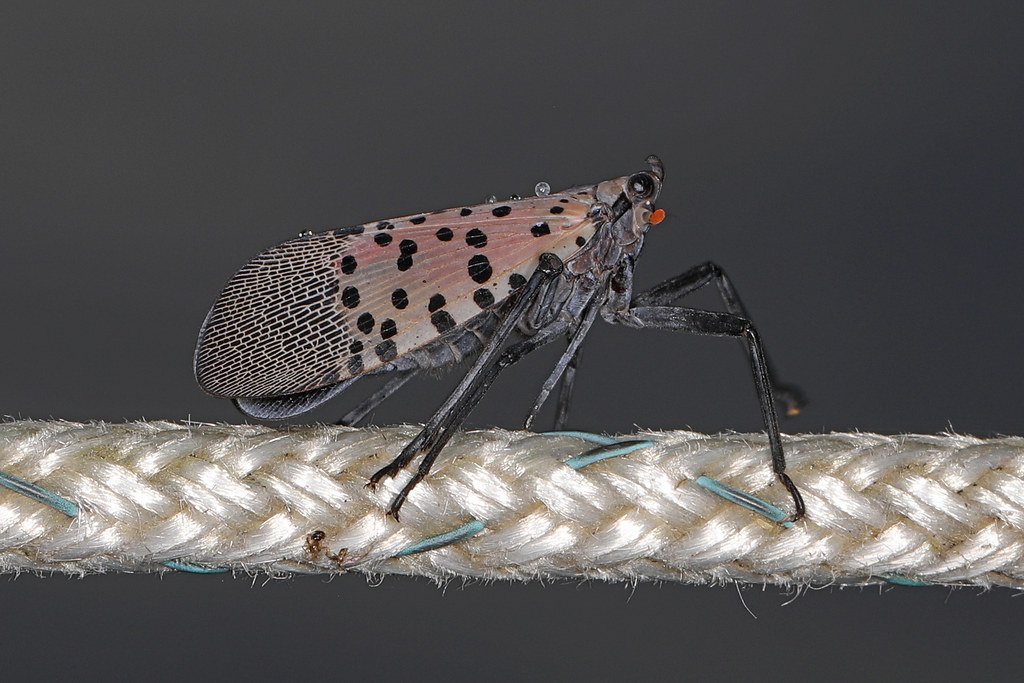
Spotted lanternfly is now present in Connecticut, Delaware, Indiana, Maryland, Massachusetts, Michigan, New Jersey, New York, North Carolina, Ohio, Pennsylvania, Rhode Island, Virginia, and West Virginia. Spotted lanternfly populations are in 18 States: Connecticut, Delaware, Georgia, Illinois, Indiana, Kentucky, Maryland, Massachusetts, Michigan, New Jersey, New York, North Carolina, Ohio, Pennsylvania, Rhode Island, Tennessee, Virginia, and West Virginia. That’s not just a Northeast problem anymore—it’s becoming a national crisis. Its threat continues to reach further west and grow more intensely in existing areas. Despite a quarantine of the townships involved, and efforts to eradicate this pest, spotted lanternfly has proved difficult to contain and now includes infestations and sightings in several states. The quarantine efforts are like trying to hold back a flood with a paper towel.
The Hitchhiker’s Guide to Destruction
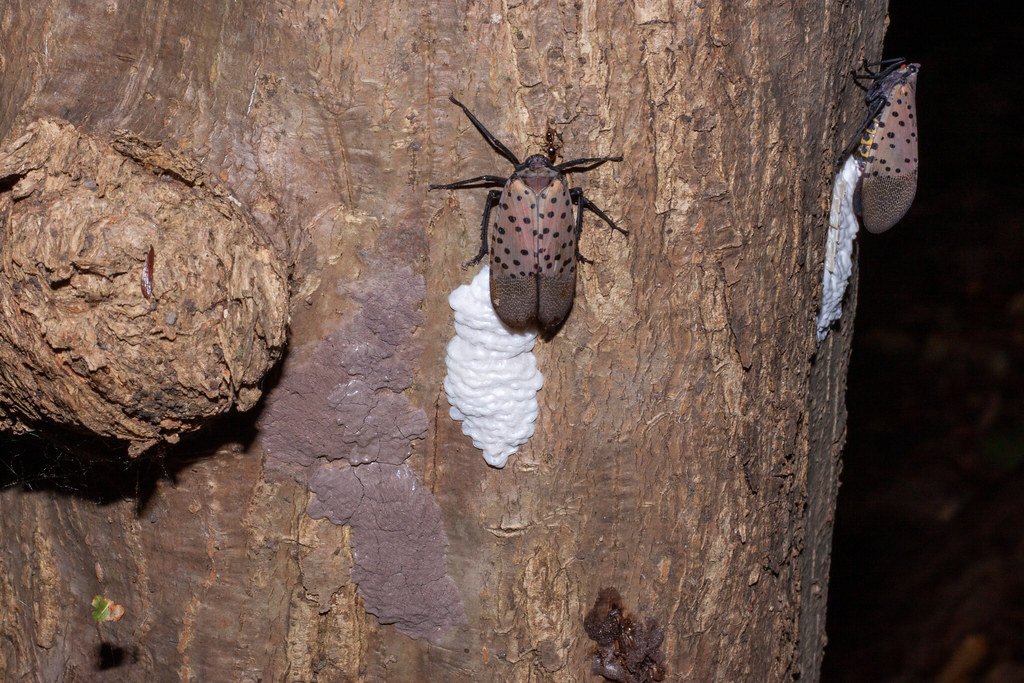
The spotted lanternfly is an expert hitchhiker—it lays eggs on cars, trucks, outdoor furniture, and even firewood, allowing it to travel great distances undetected. It lays its eggs on any hard surface including grills, vehicles, trailers, firewood, outdoor furniture, bikes and toys. This is what makes the spotted lanternfly so terrifying—it doesn’t need wings to conquer new territory. It just needs humans to unknowingly transport it. This is how it has spread so quickly across the northeastern and mid-Atlantic United States and why authorities are so focused on stopping its movement. Every time someone drives from Pennsylvania to New York with an egg mass stuck under their car, they’re potentially starting a new infestation hundreds of miles away.
A Feast of Destruction: 70 Different Menu Items
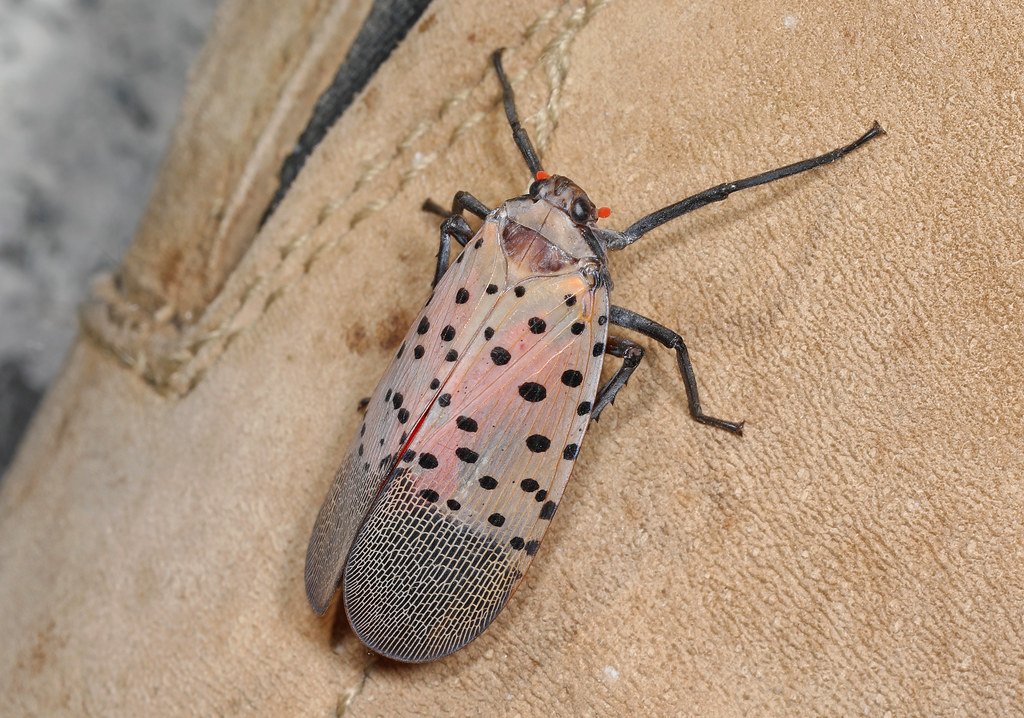
The spotted lanternfly is an invasive species with a harmful appetite for more than 70 types of plants, causing damage to fruit and woody trees. Spotted lanternfly (Lycorma delicatula) is an invasive planthopper that feeds on a wide range of plants, including grapes, hops, stone fruits, and hardwood trees. The nymphs and adults feed on over 70 different plants with piercing sucking mouthparts. SLF has the potential to damage multiple agricultural crops in New York. SLF is a pest of apples, grapes, hops, maple, walnut, and others. Imagine a pest that can eat everything in your garden, your orchard, and your forest. That’s exactly what we’re dealing with. These insects aren’t picky eaters—they’re ecological gluttons.
The Tree of Heaven Connection: An Invasive Species Love Story
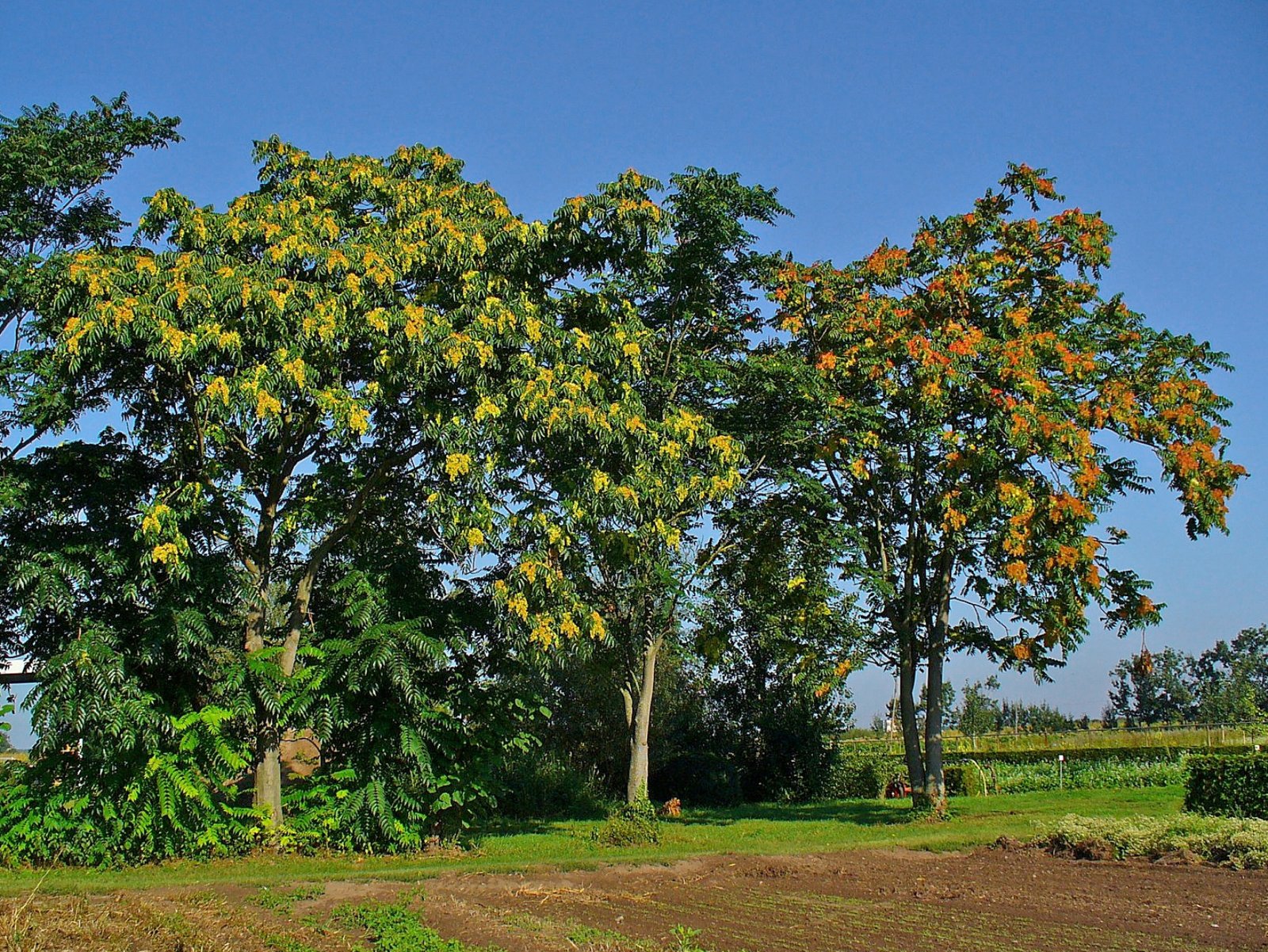
Its preferred host is tree of heaven (Ailanthus altissima), and today 18 States have some degree of infestation. One of the primary hosts of the spotted lanternfly is the Tree of Heaven (Ailanthus altissima), an invasive tree species that thrives in disturbed areas, along roadsides, and in urban environments. The tree’s rapid growth and ability to outcompete native vegetation make it an ecological threat in its own right. Because spotted lanternflies are highly attracted to Tree of Heaven, controlling this tree is a key strategy in managing lanternfly populations. It’s like a toxic relationship between two invasive species—they’re perfect for each other and terrible for everyone else. As soon as they hatch, they begin to feed on woody plant species, with a notable preference for the Ailanthus tree, commonly known as “tree of heaven.” Tree of heaven is itself an invasive species. It is prevalent throughout most of the Northeast and is not easy to eradicate. Cutting a tree of heaven down only spurs new growth through its aggressive root system. But, regardless, removing tree of heaven won’t remove spotted lanternfly—there’s plenty more for it to eat.
The Sticky Nightmare: Honeydew and Sooty Mold
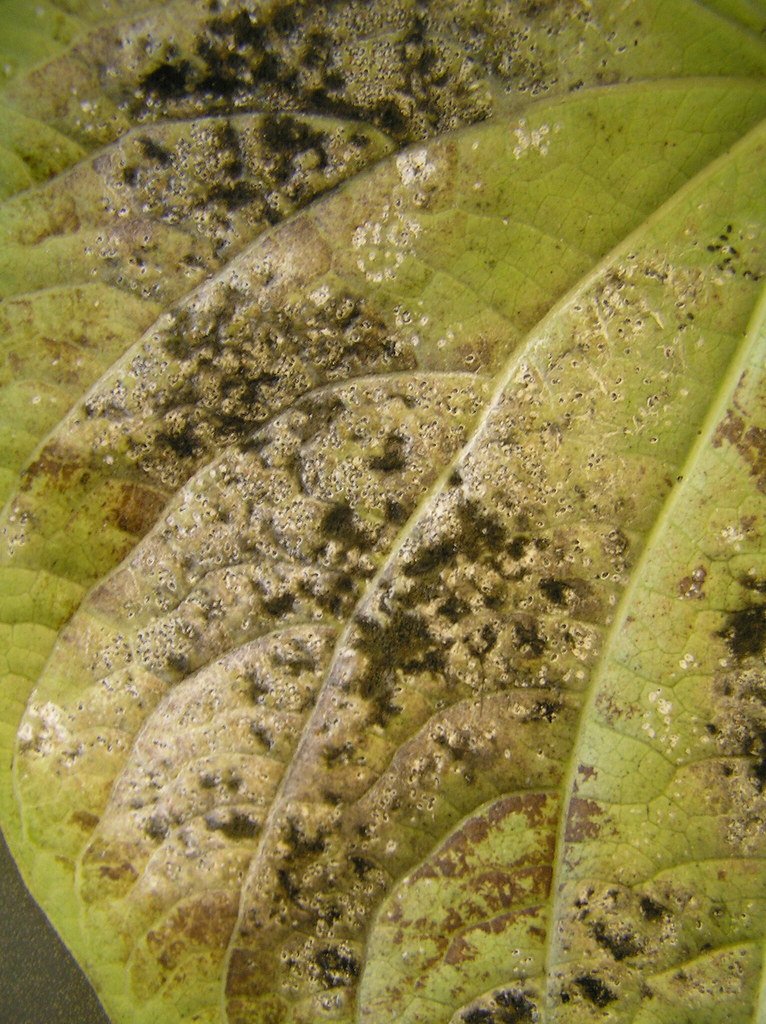
When the spotted lanternfly feeds, it excretes a sticky, sugary fluid that causes sooty mold, which can further damage plants. When spotted lanternflies feed on plants, they leave behind a sticky, oozing residue called honeydew. The pest’s sugary waste, called honeydew, encourages the growth of sooty mold, further damaging crops and trees. The pest’s sugary waste, called honeydew, encourages the growth of sooty mold, further damaging crops and trees. Picture your beautiful garden covered in a black, moldy mess that looks like something out of a horror movie. The combination of honeydew and sooty mold production has a negative effect on the quality of life for residents in areas with high populations of spotted lanternfly and can have some residents feeling like prisoners in their own homes, from late summer until the first hard freeze kills the adult spotted lanternflies.
The Pennsylvania Economic Nightmare: $324 Million Gone

If not contained, the spotted lanternfly potentially could drain Pennsylvania’s economy of at least $324 million annually and cause the loss of about 2,800 jobs, according to a study carried out by economists in Penn State’s College of Agricultural Sciences. If it spreads throughout Pennsylvania, the expected losses would amount to $324.9 million annually with a loss of 2,810 jobs. Under the worst-case scenario, losses could increase to $554.0 million, with a loss of 4,987 jobs. These aren’t just numbers on a spreadsheet—they represent real families losing their livelihoods, real farms shutting down, and real communities being devastated. In addition to damaging trees and affecting quality of life, the spotted lanternfly is a huge threat to Pennsylvania agriculture industry. The economic impact could total in the hundreds of millions of dollars and hundreds of thousands of jobs for those in the grapes, apple, hops, and hardwood industries.
Vineyard Apocalypse: The Grape Industry Under Siege
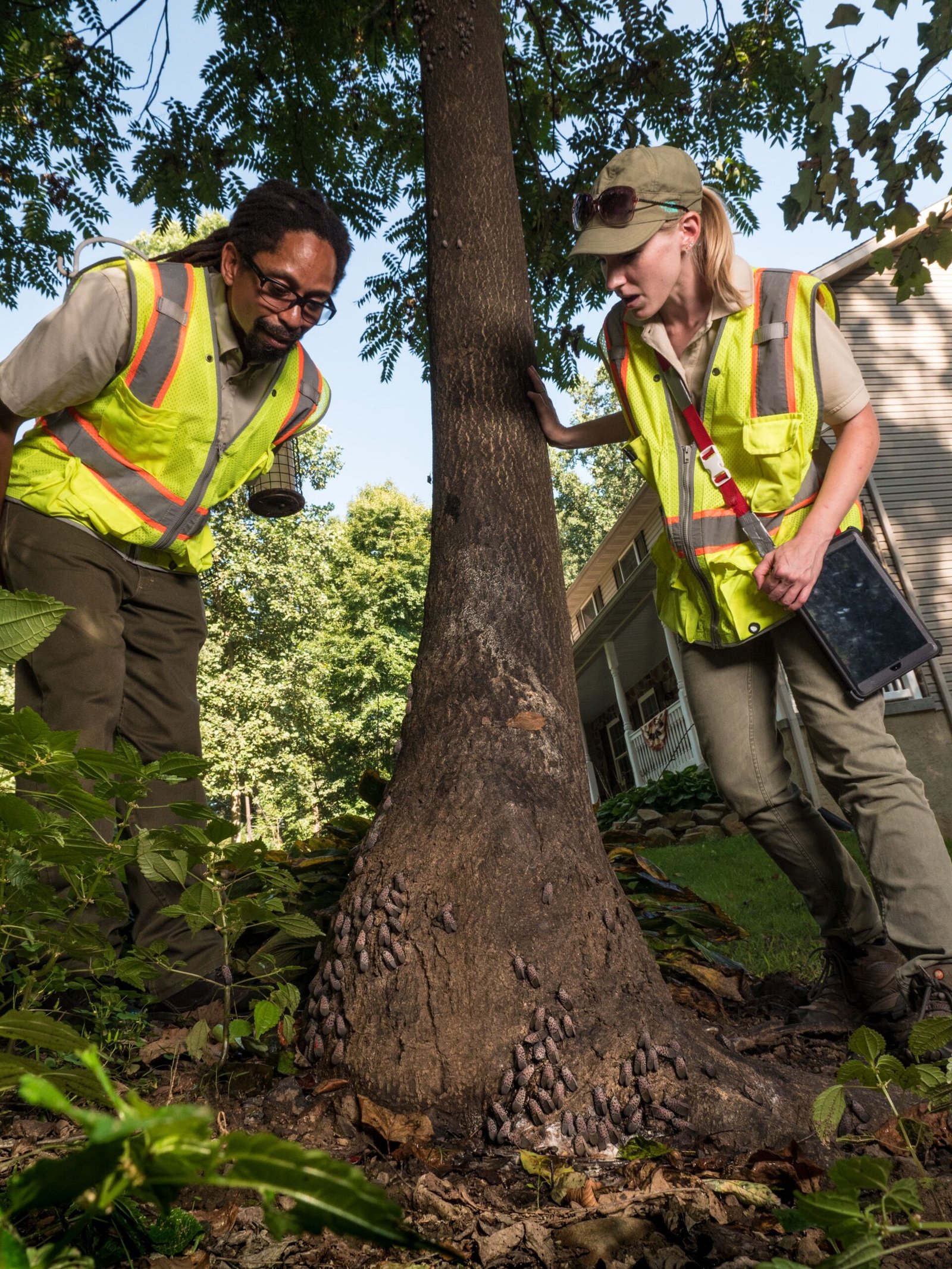
While the list of spotted lanternfly host plants is long, the greatest agricultural concern falls on grapes. Spotted lanternfly has proven to be a serious pest of grapes (both cultivated and wild). They are swarm feeders and up to 400 Spotted lanternfly adults per vine have been reported. Imagine walking through a vineyard and seeing every vine covered with hundreds of these insects, literally sucking the life out of the plants. One of the biggest concerns is its impact on agriculture—particularly on grapevines, which has led to severe losses in vineyards. One of the biggest concerns is its impact on agriculture—particularly on grapevines, which has led to severe losses in vineyards. New York is estimated to produce more than 30 million bushels of apples each year, while grapes in New York are valued at an annual harvest of $52.8 million. The wine industry that took generations to build could be destroyed in just a few seasons.
New York’s Multi-Million Dollar Fear
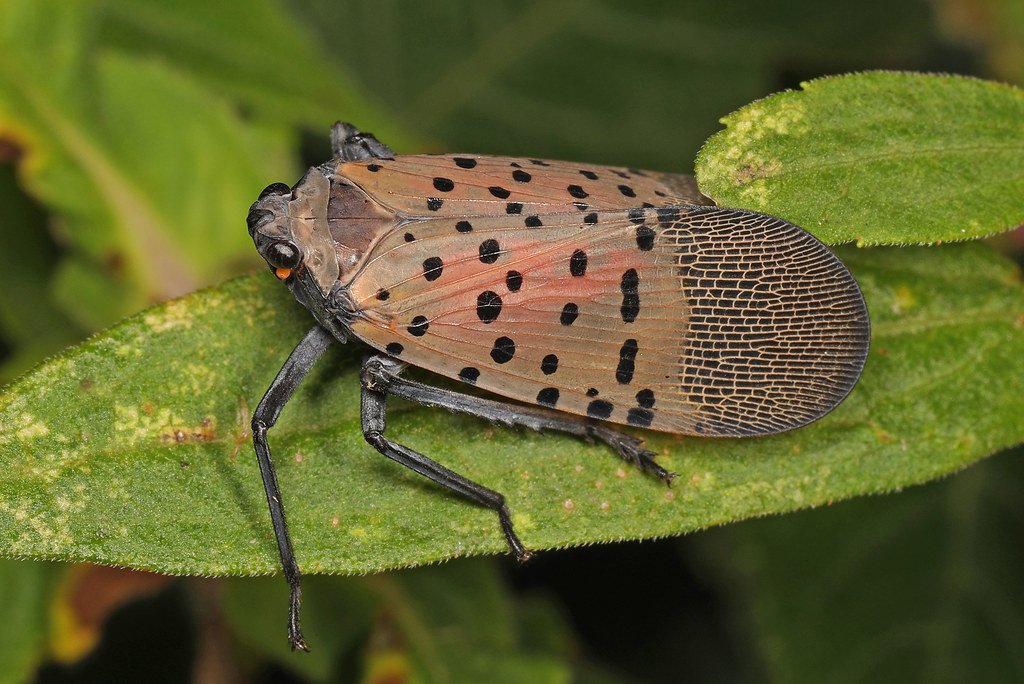
Spotted Lanternfly has been found in New York State on Staten Island, all New York City boroughs, Long Island, Port Jervis, Sloatsburg, Orangeburg, Ithaca, Binghamton, Middletown, Newburgh, Highland, and the Buffalo area. SLF has the potential to damage multiple agricultural crops in New York. SLF is a pest of apples, grapes, hops, maple, walnut, and others. New York is estimated to produce more than 30 million bushels of apples each year, while grapes in New York are valued at an annual harvest of $52.8 million. Additionally, the expanding hops industry and the maple and timber industries would also be negatively impacted by the spread of SLF. New York isn’t just watching Pennsylvania’s nightmare unfold—it’s living its own version of it. The state that produces some of America’s finest apples and wines is now fighting for its agricultural survival.
The Life Cycle of Terror: From Egg to Epidemic
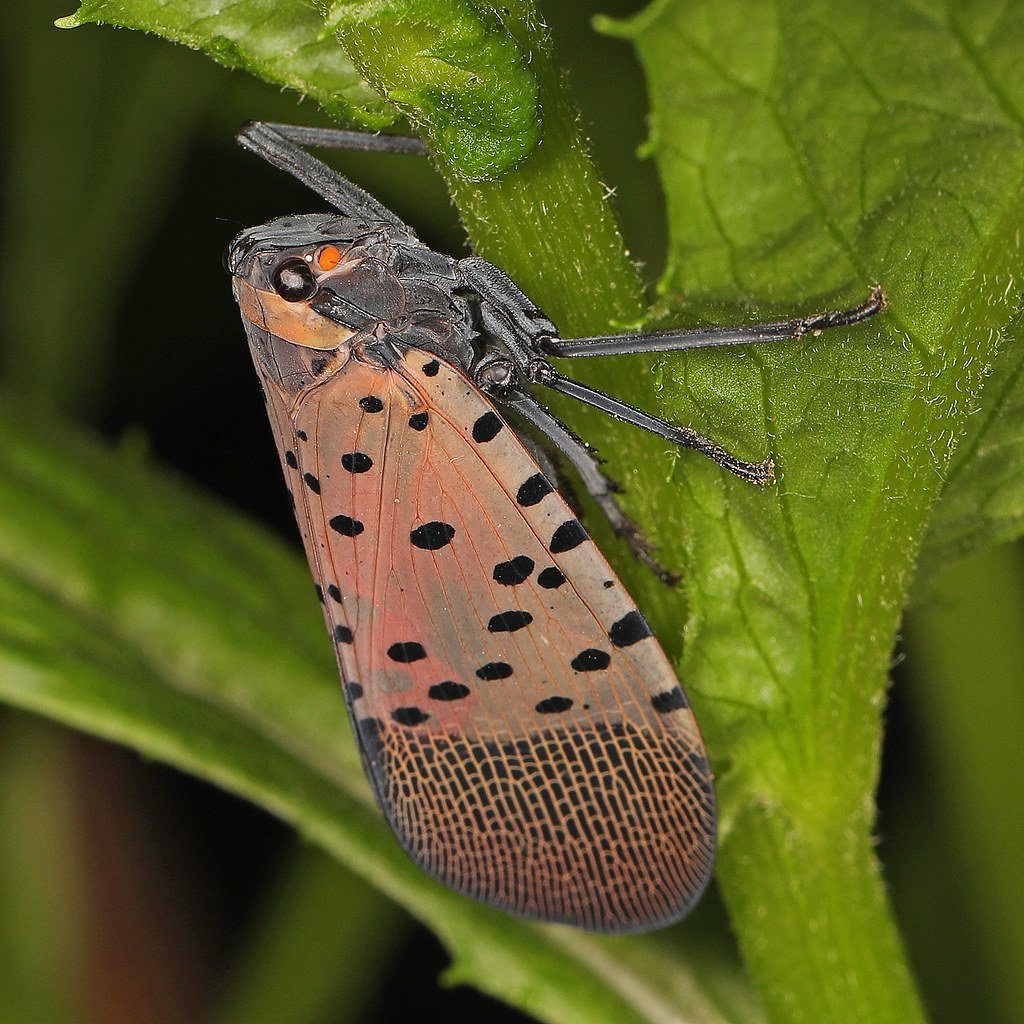
Newly laid egg masses (holding 30-50 eggs) resemble wet, gray putty before turning dull and brown, mirroring a smear of cracked mud. The 1-inch long egg masses can be seen in fall, winter, and spring on a variety of smooth surfaces, such as trees, bricks, stones, fences, grills, equipment, and vehicles. The insects pass through four distinct life stages (called first, second, third, and fourth instars) in a matter of months before maturing into adults with their eye-catching red underwings. Adults lay eggs in the fall that hatch the following spring, beginning the life cycle over again. From September to May, you’ll see egg masses that look like little white clumps growing on trees. Anywhere between April and June, they’ll start to hatch and almost look like little spiders. In the warmer months between June and July, we’ll start to see them grow their wings and basically invade our personal space.
The Search for Heroes: Natural Predators to the Rescue
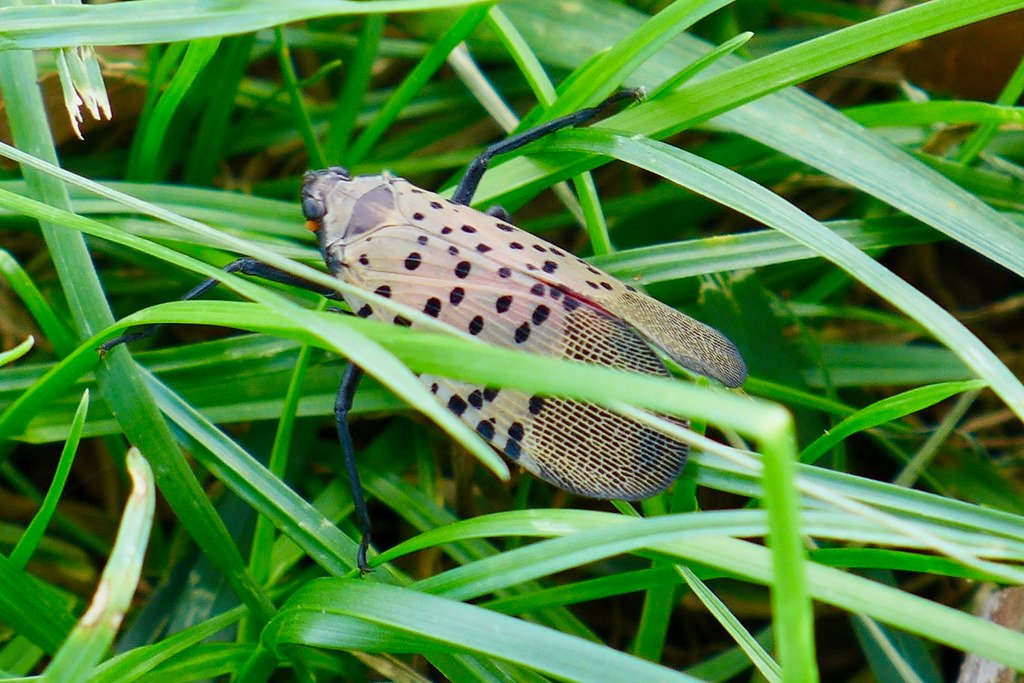
Insect predators found in the United States could help keep spotted lanternfly populations in check while potentially reducing reliance on chemical control methods, according to a new study. Insect predators found in the United States could help keep spotted lanternfly populations in check while potentially reducing reliance on chemical control methods, according to a new study conducted by researchers at Penn State. “Our study shows that several native and naturalized predators can consume spotted lanternflies effectively,” said lead researcher and doctoral candidate Anne Johnson, who conducted the study with Kelli Hoover, professor of entomology. “By leveraging natural enemies already in the environment, we hope to develop a sustainable, low-impact approach to managing this invasive species that will complement other control methods.” Finally, some good news! Nature might have its own solution to this crisis. In the spotted lanternfly’s native range of southeastern Asia, several predators, including parasitic wasps, keep the pest in check.
Spiders, Birds, and Bugs: An Unlikely Army

The study builds on earlier community science initiatives documenting native insects preying on spotted lanternflies. From 2020 to 2022, Johnson invited the public to share photos of birds and insects feeding on spotted lanternflies via Facebook. She received nearly 2,000 reports, giving scientists clues about which predators to evaluate. Araneae was the arthropod order with the most reports and Phasianidae was the most frequently reported bird family. The largest group of reported predators was arthropods followed by birds. It’s like nature’s version of crowd-sourcing—regular people documenting which creatures are brave enough to take on these invaders. Spiders are leading the charge, which is ironic considering most people are more afraid of spiders than spotted lanternflies!
The Chemical Warfare Dilemma
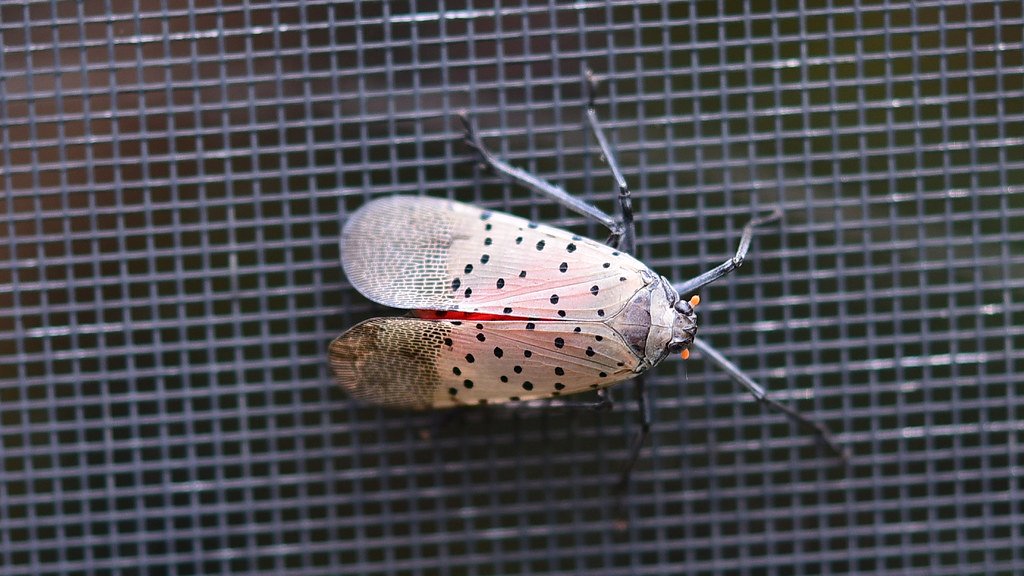
Johnson noted that current management efforts rely heavily on insecticides, which pose risks of resistance development and unintended harm to beneficial organisms. Biological control, which relies on natural enemies to regulate pest populations, presents a more sustainable alternative for long-term spotted lanternfly management, she said. “While these insects could help keep spotted lanternfly populations in check someday, we recognize that their impact may be limited by consistent presence of sufficient prey and the use of insecticides that can also kill these generalist predators,” Hoover said. “Therefore, they should be considered part of a broader integrated pest management strategy rather than a standalone solution.” It’s like choosing between chemotherapy and natural remedies—both have their place, but finding the right balance is crucial for long-term success.
Climate Change: Making Bad Things Worse
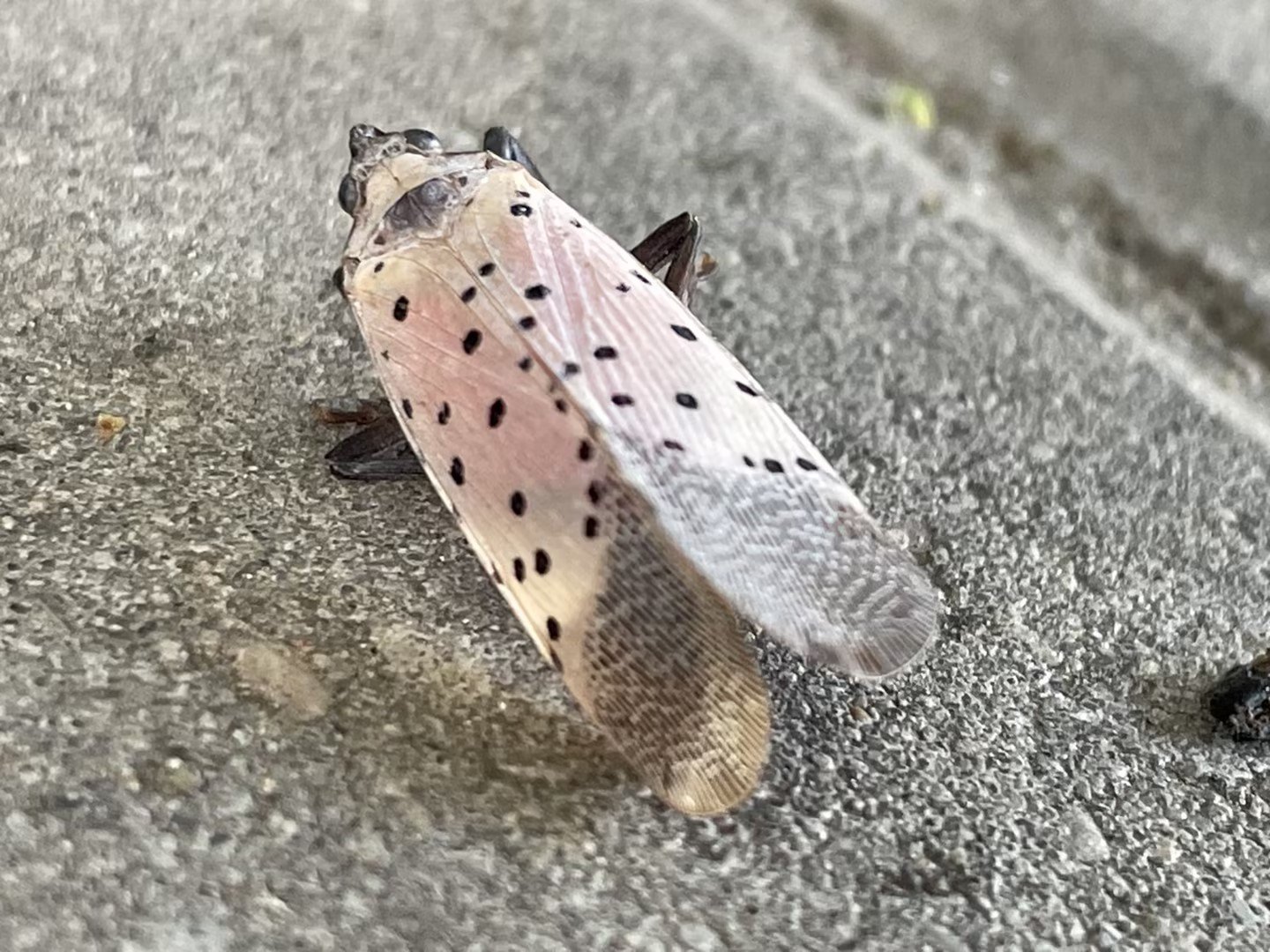
Global climate change will only accelerate the lanternfly’s geographic spread and population growth. Ladin’s model incorporated bioclimatic variables that help demonstrate how warming temperatures can influence the species’ spread, and it predicted that a warming climate will expand the species’ potential geographic range. Usually, the species reproduces once a year, but experts have additionally found that without seasonal temperature differences, spotted lanternfly can reproduce multiple times a year — exponentially increasing growth rates. Climate change isn’t just melting ice caps—it’s creating perfect conditions for invasive species to multiply and spread. We’re literally warming the planet up for our enemies.
The California Fear Factor
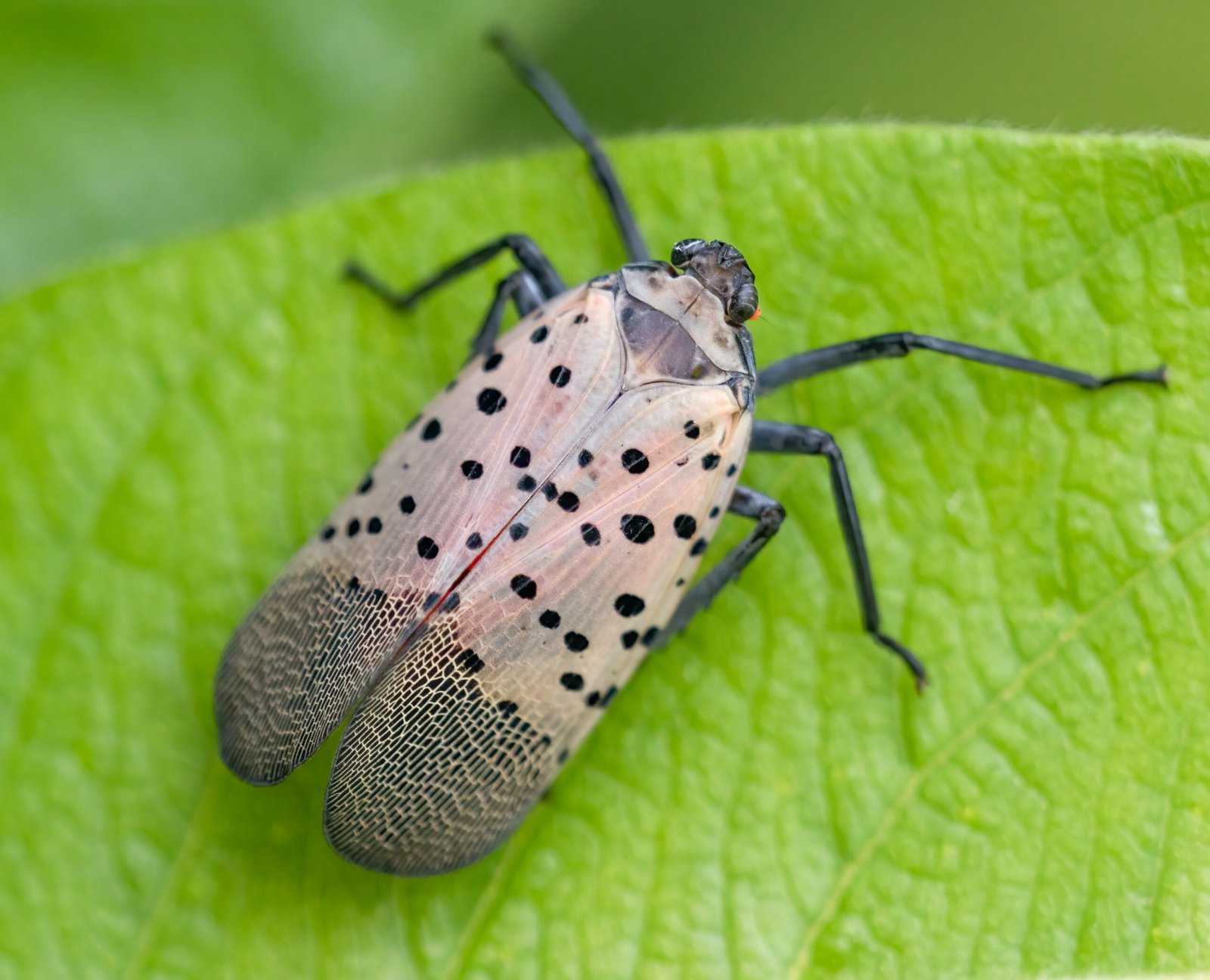
“The species’ spread in the U.S. is particularly concerning because it threatens grapes, fruit trees, and hardwood trees — all economically valuable plants. “So naturally, California is deathly afraid of this particular insect arriving,” Ladin said. The good news for the state’s vintners and farmers is that the study showed the Rocky Mountains are a sizeable barrier to the lanternfly’s spread. However, the threat of a lanternfly catching a ride coast to coast in baggage remains. California’s wine industry is worth billions of dollars, and the thought of spotted lanternflies reaching Napa Valley keeps agricultural officials awake at night. The Rocky Mountains might be our last line of defense against a coast-to-coast invasion.
What You Can Do: The Citizen’s Battle Plan
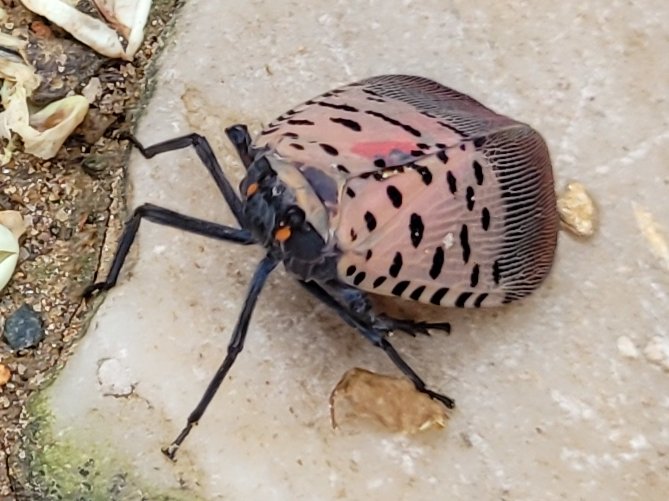
If you see a spotted lanternfly, it’s imperative to immediately report it online or via phone by calling 1-888-4BADFLY. Kill it! Squash it, smash it…just get rid of it. If you find eggs, smash them (325.72 KB) and scrape them into a plastic zippered bag filled with hand sanitizer or rubbing alcohol to kill them. Then, zip the bag shut and dispose of it in the trash.




